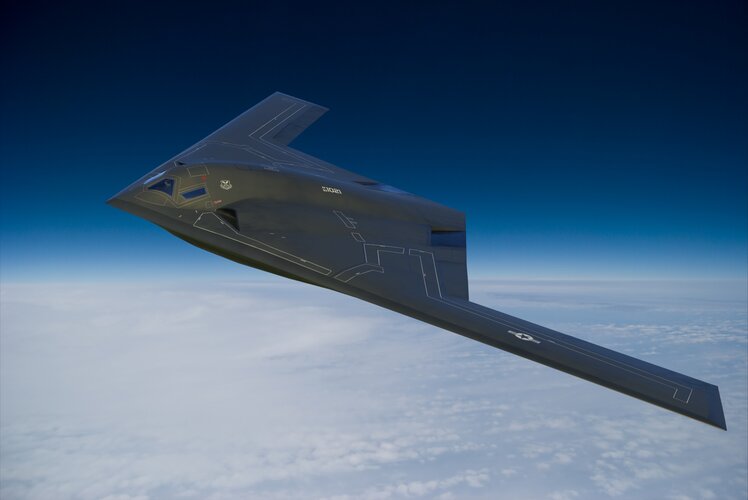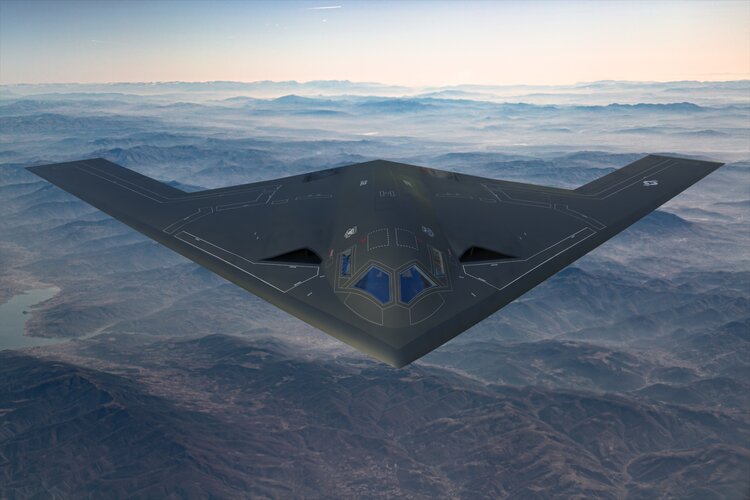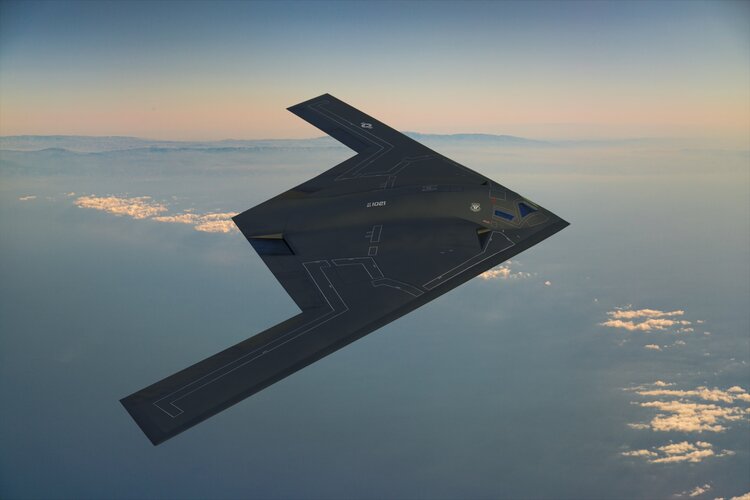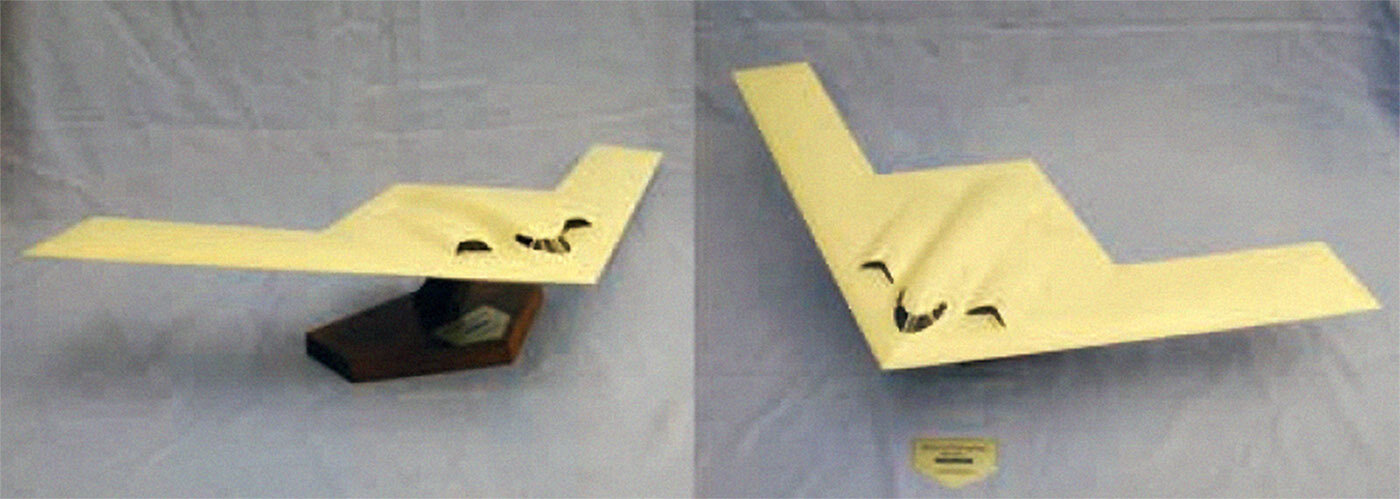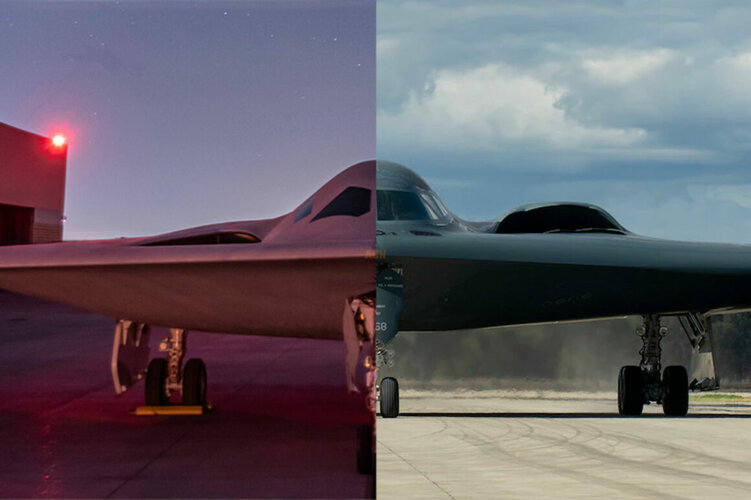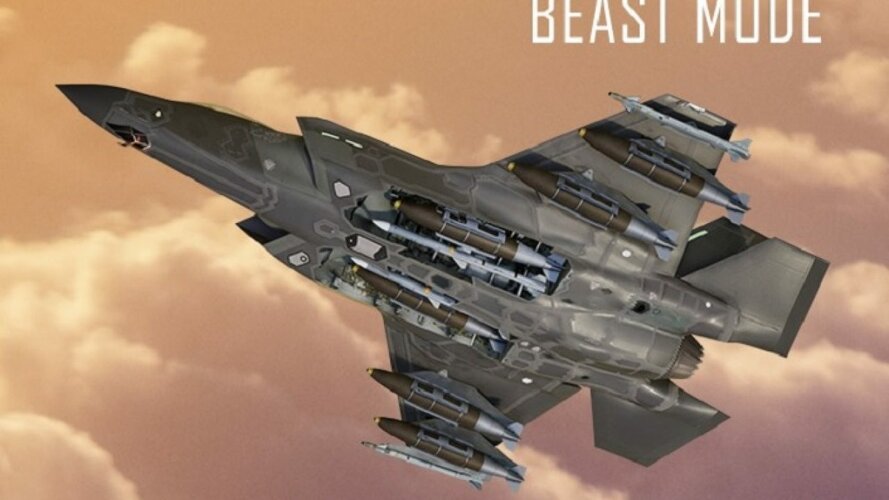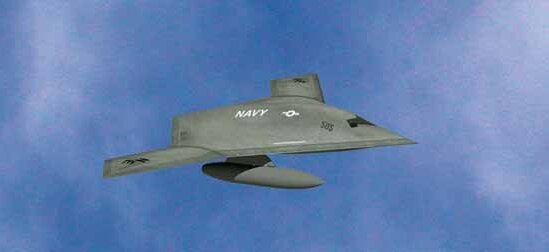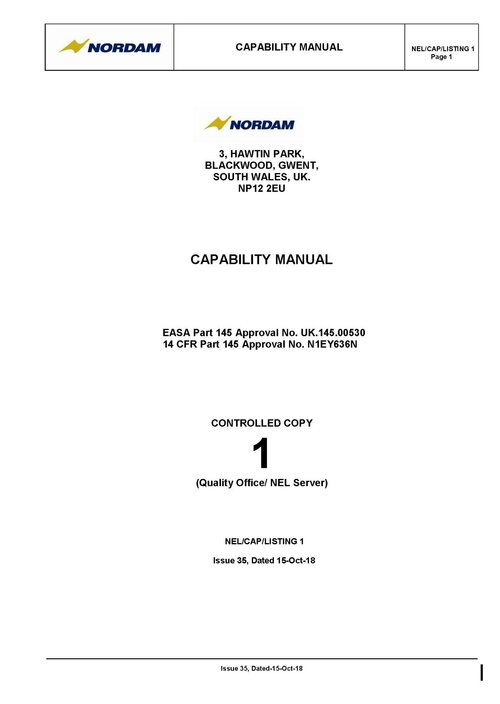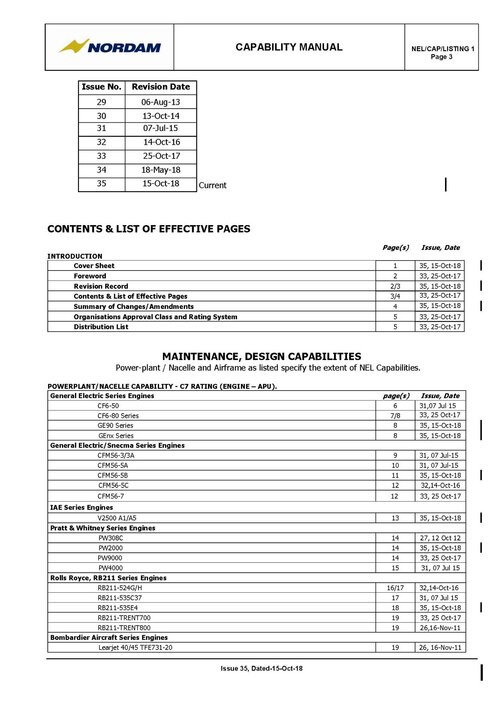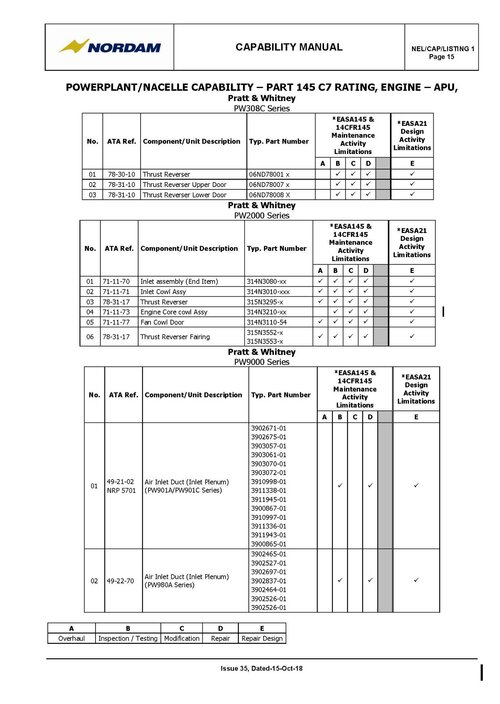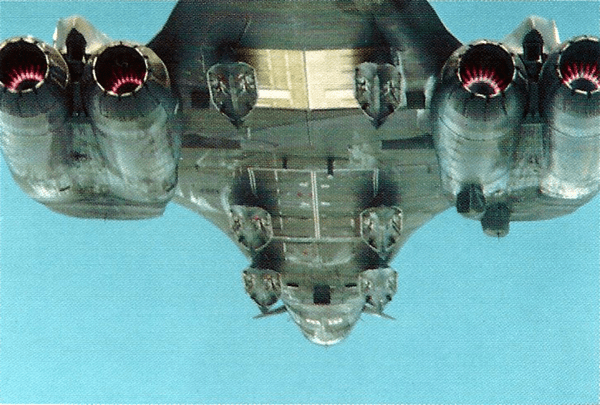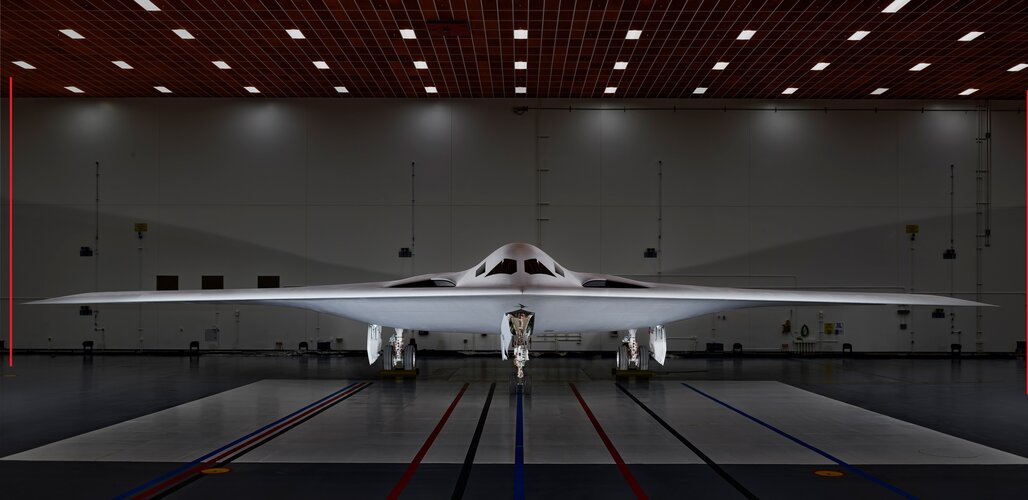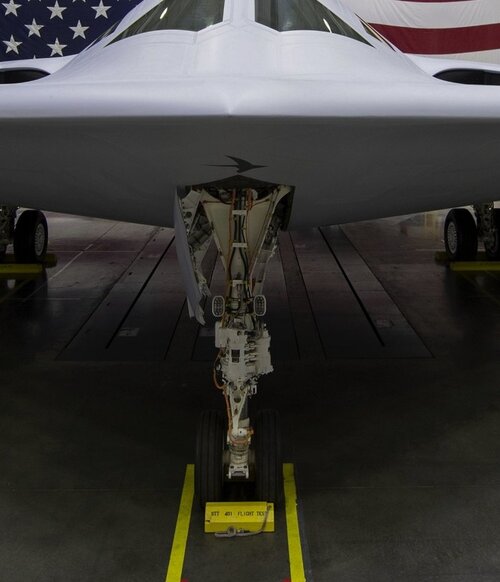La-Fuente Technologies
F-47 NEXT GENERATION AIR DOMINANCE
- Joined
- 21 November 2022
- Messages
- 370
- Reaction score
- 355
Woah, these ones by that artist look good! Might not be the actual thing, given that we've only seen the front, but it's a good estimate.Added the Twitter images.
I think this is broadly correct except for the trailing edge not aligning.
View attachment 688574
View attachment 688575


